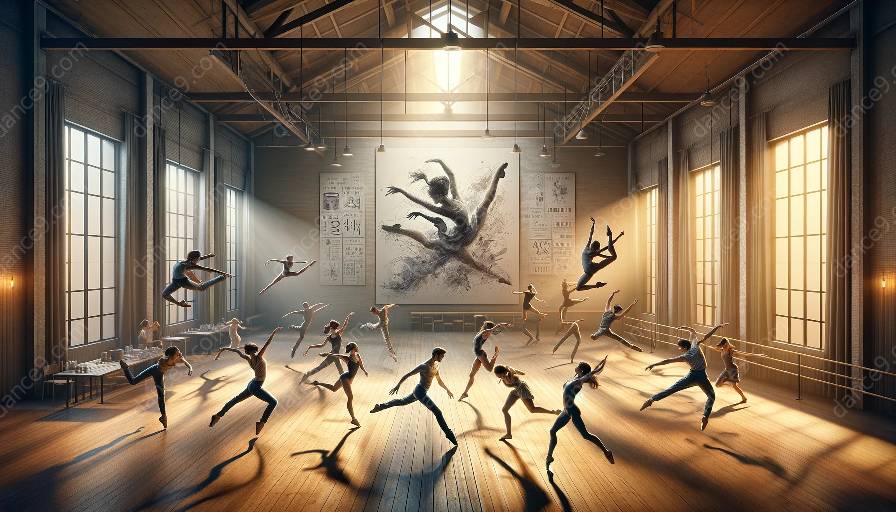Choreography is a form of storytelling through movement, and narrative elements play a vital role in conveying meaning, emotion, and themes to the audience. In this comprehensive guide, we will delve into the various narrative elements found in choreographic techniques, exploring how choreographers use these elements to create compelling and impactful performances.
The Role of Narrative Elements in Choreography
Choreographic techniques encompass a wide range of tools and methods that choreographers use to create dance sequences and performances. These techniques not only involve the manipulation of movement, space, and time but also incorporate narrative elements to convey a story or message to the audience. By integrating narrative elements into choreography, dancers and choreographers can elicit emotional responses, convey themes, and engage the audience on a deeper level.
Storytelling Through Movement
One of the most fundamental narrative elements in choreography is storytelling. Choreographers often use movement to narrate a story or capture a specific concept or emotion. Movements can symbolize actions, characters, or events, allowing the audience to follow a storyline without the need for spoken words. Through carefully crafted sequences and gestures, choreographers can weave a compelling narrative that resonates with the viewers.
Themes and Concepts
Another essential aspect of narrative elements in choreography is the incorporation of themes and concepts. Choreographers often explore abstract or concrete themes through movement, using choreographic techniques to express ideas, social commentary, or personal experiences. By infusing choreography with meaningful themes, dancers can provoke thought, evoke emotions, and inspire introspection within the audience.
Character Portrayal
Choreographic techniques allow dancers to embody and portray characters through movement. Whether it's depicting historical figures, mythical beings, or everyday individuals, choreographers utilize movement to convey the nuances of character traits, emotions, and interactions. Through body language, expression, and dynamics, dancers can breathe life into characters and immerse the audience in their narratives.
Symbolism and Metaphor
Symbolism and metaphor are powerful narrative elements often used in choreography to convey deeper meanings and evoke imagery. Choreographers leverage symbolic gestures, motifs, and abstract movements to communicate allegorical messages or represent complex concepts. By employing symbolism and metaphor, choreographic techniques can transcend literal interpretations and invite viewers to contemplate various layers of meaning within a performance.
Emotional Resonance
The use of narrative elements in choreography aims to elicit emotional resonance within the audience. Through the manipulation of movements, dynamics, and spatial relationships, choreographers create an emotional landscape that engages the viewers on an affective level. By infusing performances with narrative depth and emotional connectivity, dancers can leave a lasting impact and forge an empathic connection with the audience.
The Intersection of Dance and Storytelling
Choreographic techniques bridge the gap between dance and storytelling, fusing the expressive capabilities of movement with narrative elements to create a potent artistic medium. The intersection of dance and storytelling allows choreographers to communicate profound narratives, convey cultural heritage, and explore universal themes through the language of movement.
Conclusion
The integration of narrative elements in choreographic techniques enriches the art of choreography, enabling choreographers and dancers to craft compelling narratives, convey thematic depth, and evoke emotional resonance within their audience. By harnessing the power of storytelling, themes, characters, symbolism, and emotional connectivity, choreographic techniques transcend mere movement to become a profound means of expression and communication.






































